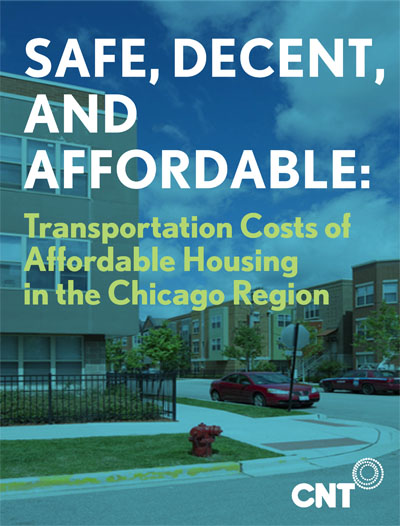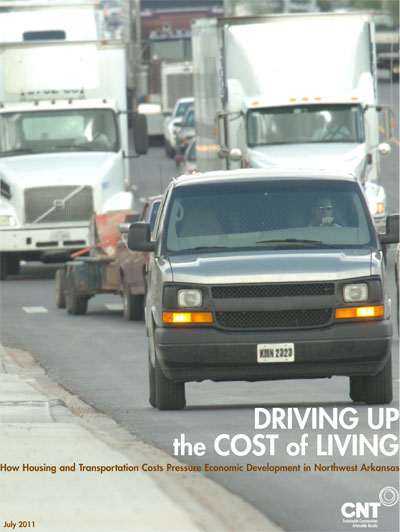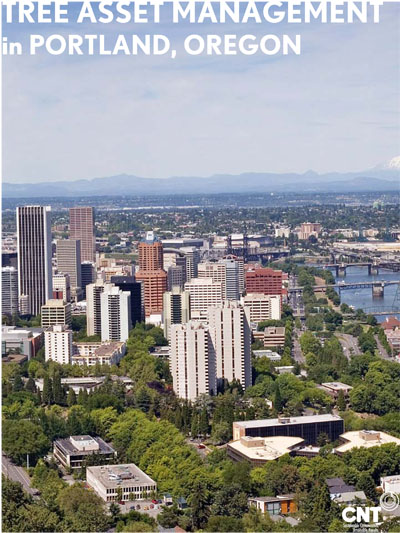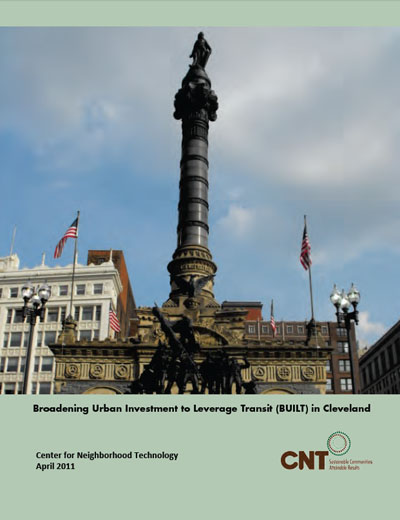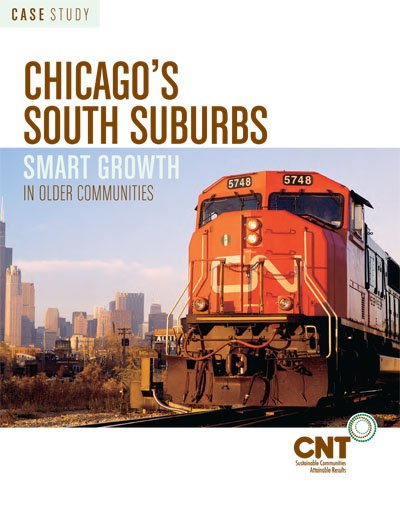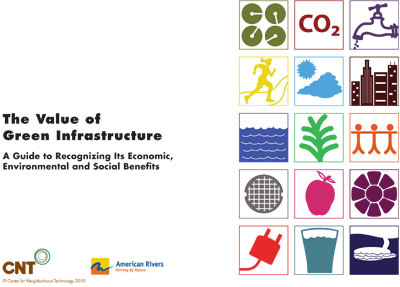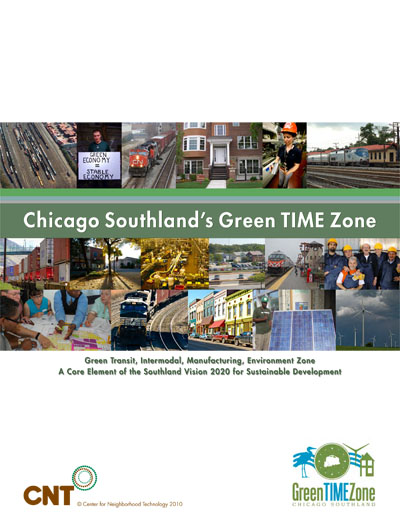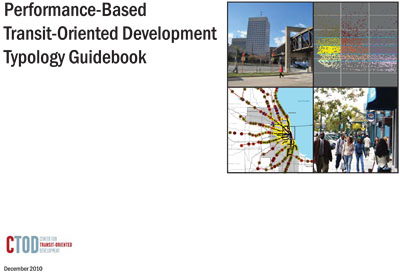-
Who We Are
About CNT
Center for Neighborhood Technology is a leader in promoting more livable and sustainable urban communities.
-
What We Do
We make cities work better
CNT delivers innovative analysis and solutions that support community-based organizations and local governments to create neighborhoods that are equitable, sustainable, and resilient.
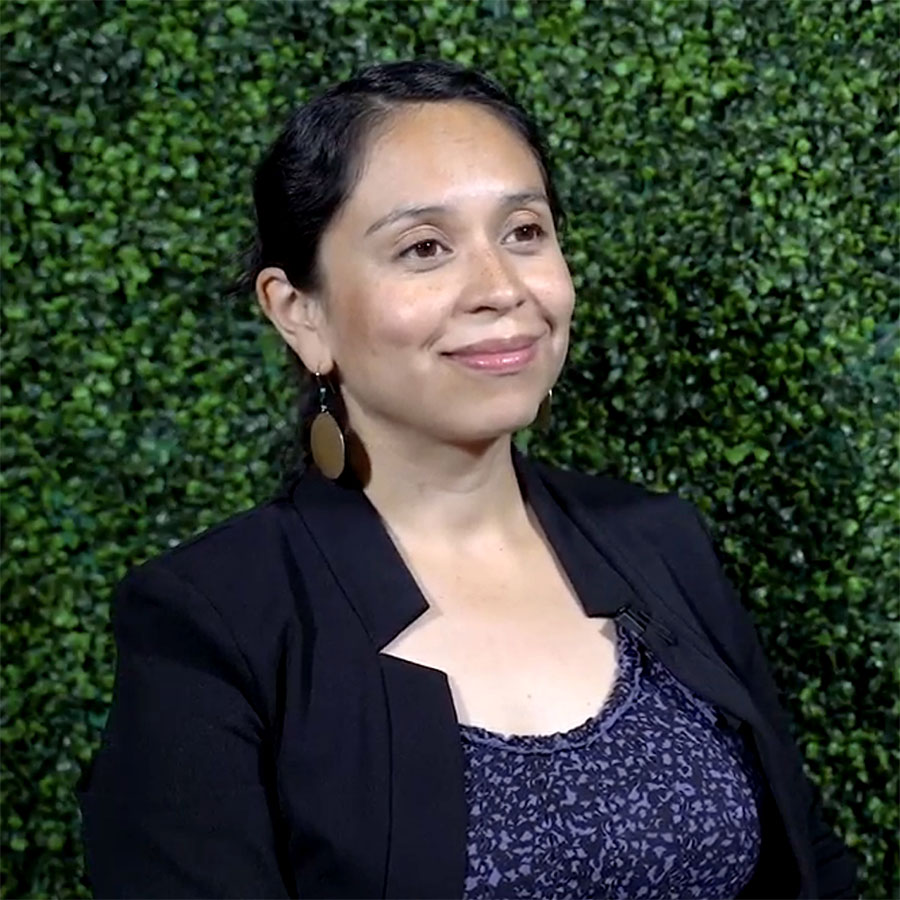
“Focusing and centering real community work and collaborating with community members, that has been a great example for a lot of other people.”
~ Romina Castillo, Chicago Department of Transportation
-
Our Work
Project Spotlight

Nature Near Transit
Equitable and Resilient Placekeeping with Nature-Based Solutions and Public Art -
Publications
Recent Publications
-
Stories
Latest Posts

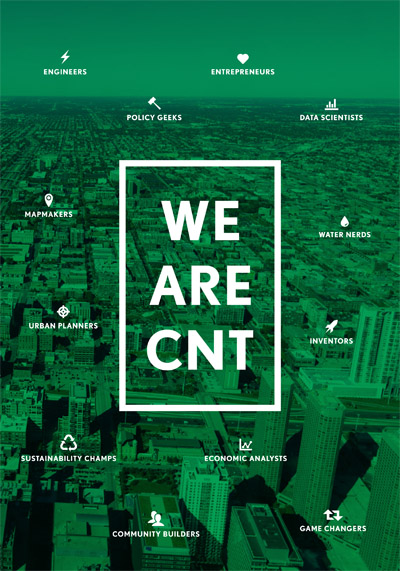
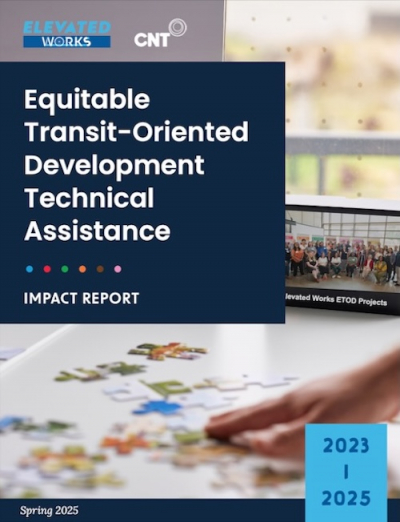
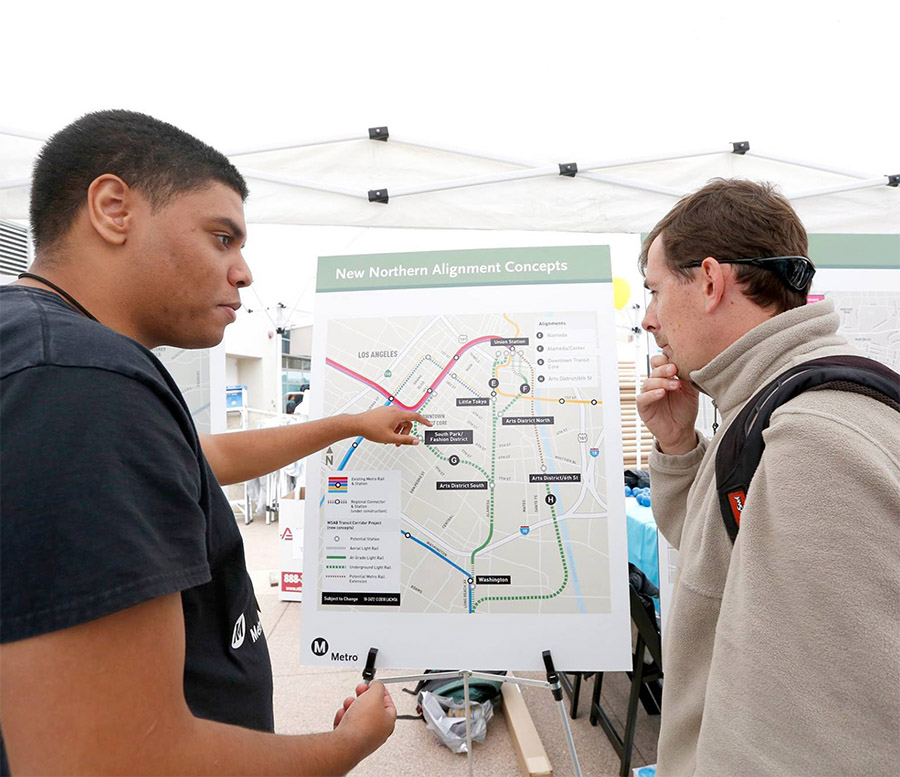 Strengthening Transit Through Community Partnerships
Strengthening Transit Through Community Partnerships